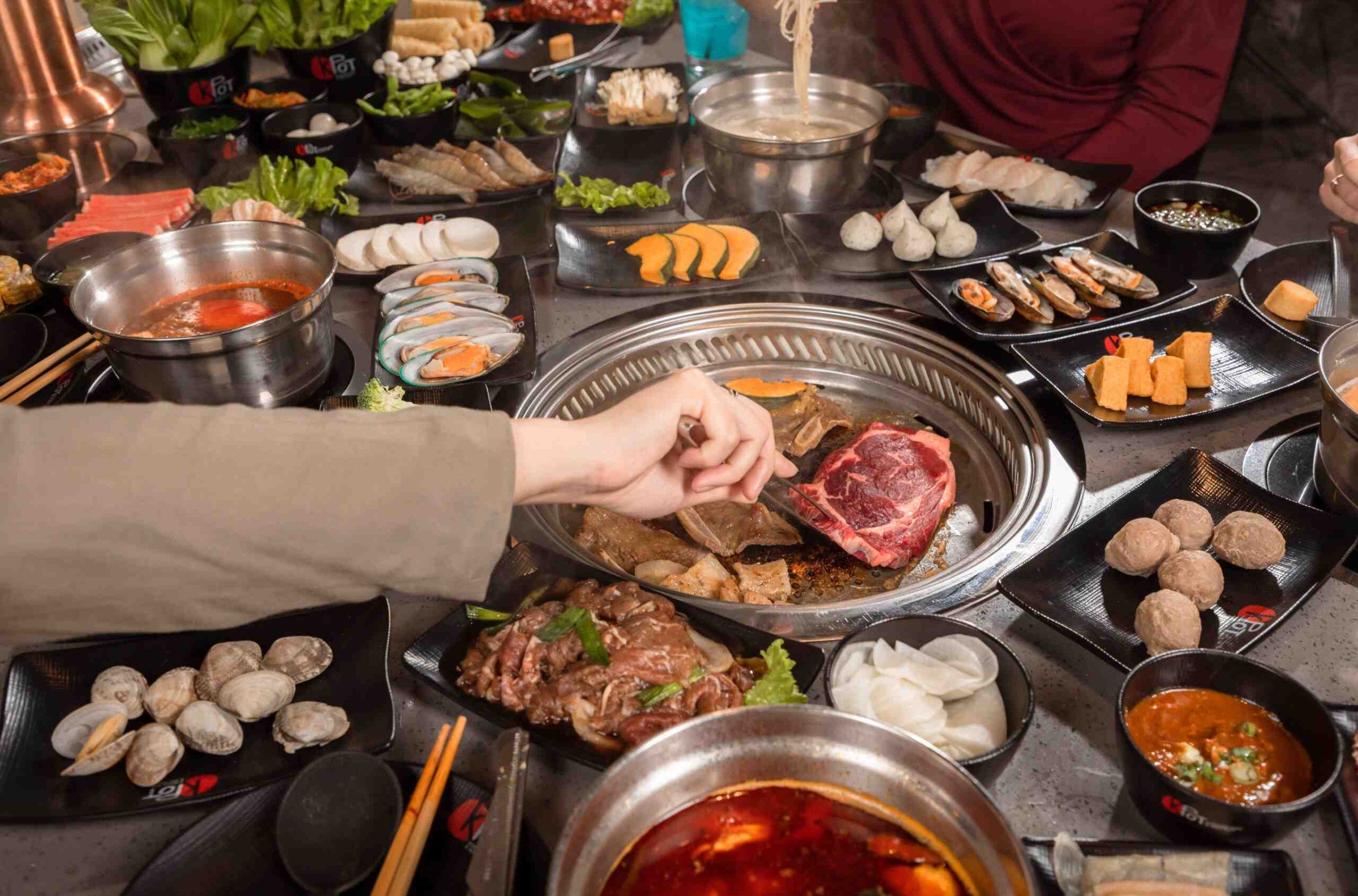“K pot? A versatile tool, perfect for any kitchen. From soups to stews, this trusty pot has you covered. Its durable design ensures even cooking every time. Say goodbye to unevenly cooked dishes with the reliable k pot in your culinary arsenal. Let’s dive into the world of possibilities this kitchen essential offers. Ready to elevate your cooking game? Let’s explore the wonders of the one and only k pot.”
Exploring the Wonder of K Pot: A Guide to Understanding and Enjoying Korean Hot Pot
Imagine a delicious and heartwarming meal that brings people together in a cozy setting, where you can customize your dining experience to suit your taste buds while enjoying the company of family and friends. This is the magic of K Pot, a traditional Korean dish that has been cherished for generations. In this comprehensive guide, we will delve into the world of K Pot, exploring its history, ingredients, cooking methods, and most importantly, how you can create your own K Pot experience at home.
The Origins of K Pot
K Pot, short for Korean Hot Pot, has its roots in the rich culinary traditions of Korea. Dating back centuries, hot pot dishes have been a staple in Korean cuisine, evolving over time to incorporate a variety of flavors and ingredients. Originally enjoyed during cold winter months to warm the body and soul, K Pot has become a year-round favorite for many Koreans and food enthusiasts around the world.
Legend has it that K Pot was created by Korean royalty, who sought a dish that could be shared with loved ones in a communal setting. The concept of cooking different ingredients in a simmering broth at the table was born, giving rise to the interactive and social experience that defines K Pot today.
The Anatomy of K Pot
At the heart of K Pot is the flavorful broth, which serves as the foundation for the entire dish. The broth can vary from spicy and savory to mild and soothing, depending on the regional preferences and personal tastes. Common ingredients used to make the broth include gochujang (Korean chili paste), soy sauce, garlic, and various aromatics such as ginger and scallions.
In addition to the broth, K Pot is typically filled with an array of fresh ingredients that are added to the pot and cooked at the table. Vegetables like mushrooms, cabbage, and radishes, along with proteins such as thinly sliced beef, pork, and seafood, are popular choices for K Pot ingredients. Tofu, noodles, and rice cakes are also commonly included to round out the meal.
Setting the Stage: How to Prepare for a K Pot Experience
Before you embark on your K Pot journey, there are a few key steps to take to ensure a successful and enjoyable dining experience. First and foremost, gather your ingredients and set up your cooking station. Make sure to have a portable stove or electric hot pot ready for cooking the broth and ingredients at the table.
Next, prepare the broth by simmering your chosen aromatics, seasonings, and liquids in a pot until the flavors have melded together. You can customize the broth to your liking by adjusting the spiciness, saltiness, and overall richness to suit your palate.
While the broth is simmering, prepare your ingredients by washing, chopping, and arranging them on a platter for easy access. This not only makes it convenient to add ingredients to the pot but also adds to the visual appeal of the dining experience.
Cooking K Pot: A Hands-On Experience
Once everything is prepped and ready to go, it’s time to start cooking your K Pot. Place the pot with the simmering broth on the table and turn on the heat source. As the broth begins to bubble gently, start adding your ingredients one by one, allowing each item to cook to perfection before adding the next.
The beauty of K Pot lies in its interactive nature, allowing you to customize your meal as you go. You can adjust the seasoning of the broth, cook your proteins to your preferred doneness, and create unique flavor combinations by mixing and matching ingredients. Don’t forget to have fun and experiment with different ingredient combinations to find your favorite K Pot flavor profile.
Enjoying Your K Pot Creation
As your K Pot simmers away, filling the air with tantalizing aromas, take a moment to appreciate the experience and the company of your dining companions. K Pot is not just a meal; it’s a social event that encourages conversation, sharing, and connection.
Once your ingredients are cooked to perfection, serve yourself a steaming bowl of K Pot, making sure to ladle some of the flavorful broth into your bowl. Top it off with your favorite garnishes, such as sliced green onions, sesame seeds, or a drizzle of sesame oil, to enhance the flavors and textures of the dish.
Take a sip of the broth, savoring the complex flavors that have developed through the cooking process. Enjoy the tender meats, the crisp vegetables, and the comforting warmth of the meal. Whether you’re sharing a K Pot with family or friends, the experience is sure to create lasting memories and a sense of togetherness.
In conclusion, K Pot is more than just a meal – it’s a sensory journey that engages all your senses and brings joy to your palate. By exploring the world of K Pot, you can discover new flavors, create lasting bonds, and immerse yourself in the vibrant culture of Korean cuisine. So gather your loved ones, roll up your sleeves, and dive into the delicious world of K Pot for an unforgettable dining experience.
How to KPOT
Frequently Asked Questions
What is a k pot used for?
A k pot is typically used for boiling water or cooking various items such as noodles, soup, or hot pot dishes. It is a versatile kitchen tool that can be used for a wide range of cooking tasks.
How is a k pot different from a regular pot?
A k pot, short for Korean pot, is often designed with a divider in the middle to accommodate different ingredients or broths in a single pot. This allows for multiple foods to be cooked simultaneously without mixing flavors.
Can a k pot be used on different types of stoves?
Yes, most k pots are compatible with various types of stoves including gas, electric, and induction cooktops. It is important to check the manufacturer’s instructions to ensure the k pot is suitable for your specific stove.
How do you clean a k pot?
To clean a k pot, allow it to cool down before washing it with warm soapy water and a soft sponge. Avoid using abrasive cleaners or harsh scrubbers to maintain the pot’s finish. Rinse thoroughly and dry completely before storing.
Final Thoughts
After exploring various cooking methods, it is clear that the ‘k pot’ offers unmatched convenience and versatility in the kitchen. Its multi-functional capabilities streamline the cooking process and save time for busy individuals. With its innovative design and user-friendly features, the ‘k pot’ is a must-have appliance for modern households. Upgrade your cooking experience today with the ‘k pot’.

